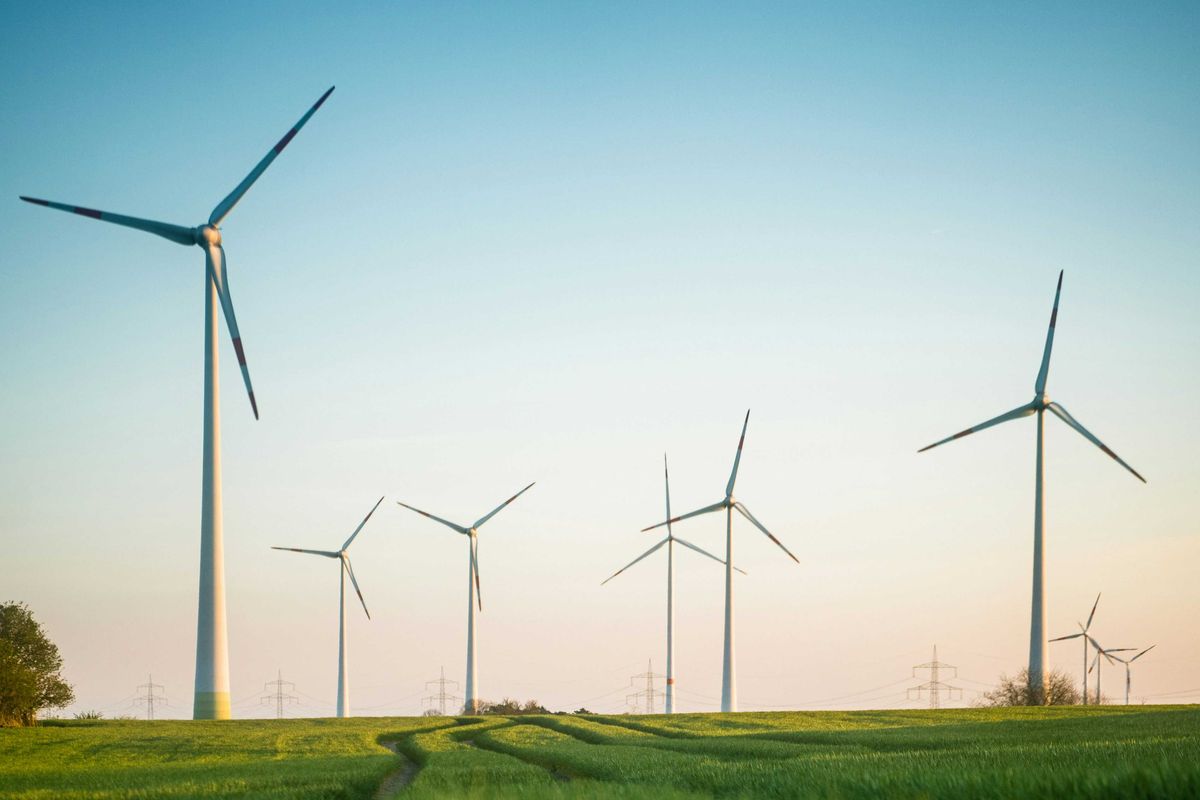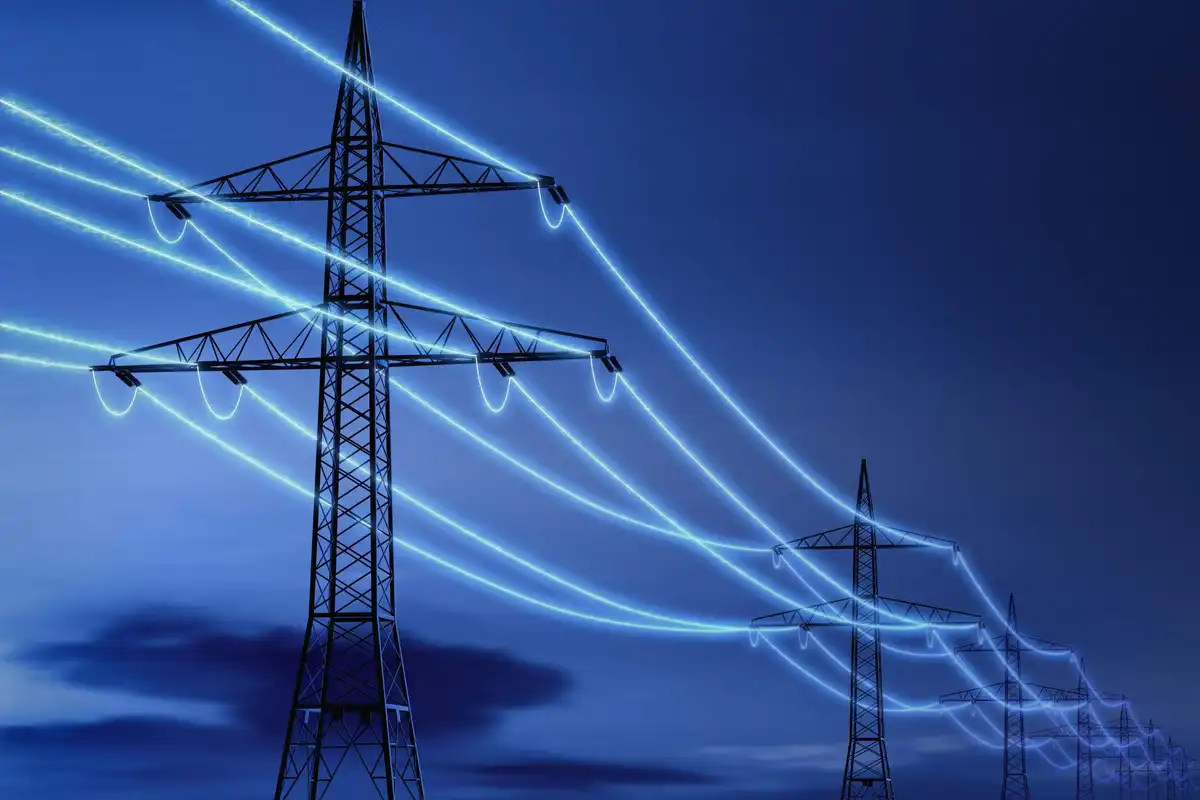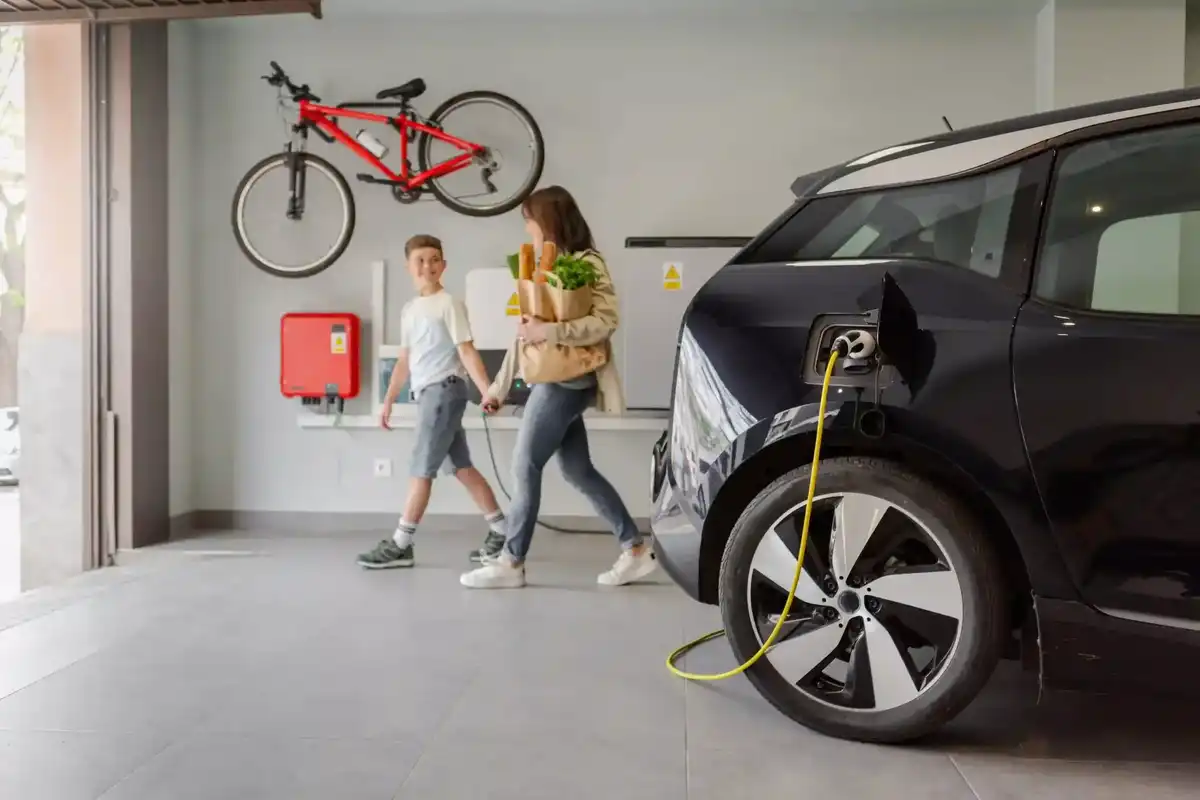Wind and solar supplied over a third of ERCOT power, report shows
power report
Since 2023, wind and solar power have been the fastest-growing sources of electricity for the Electric Reliability Council of Texas (ERCOT) and increasingly are meeting stepped-up demand, according to a new report from the U.S. Energy Information Administration (EIA).
The report says utility-scale solar generated 50 percent more electricity for ERCOT in the first nine months this year compared with the same period in 2024. Meanwhile, electricity generated by wind power rose 4 percent in the first nine months of this year versus the same period in 2024.
Together, wind and solar supplied 36 percent of ERCOT’s electricity in the first nine months of 2025.
Heavier reliance on wind and solar power comes amid greater demand for ERCOT electricity. In the first nine months of 2025, ERCOT recorded the fastest growth in electricity demand (5 percent) among U.S. power grids compared with the same period last year, according to the report.
“ERCOT’s electricity demand is forecast to grow faster than that of any other grid operator in the United States through at least 2026,” the report says.
EIA forecasts demand for ERCOT electricity will climb 14 percent in the first nine months of 2026 compared with the same period this year. This anticipated jump coincides with a number of large data centers and cryptocurrency mining facilities coming online next year.
The ERCOT grid covers about 90 percent of Texas’ electrical load.








 Air Liquide and Hyundai agreed to expand hydrogen refuelling networks, storage capacity and more at a meeting in Seoul last week. Photo courtesy Air Liquide.
Air Liquide and Hyundai agreed to expand hydrogen refuelling networks, storage capacity and more at a meeting in Seoul last week. Photo courtesy Air Liquide.
